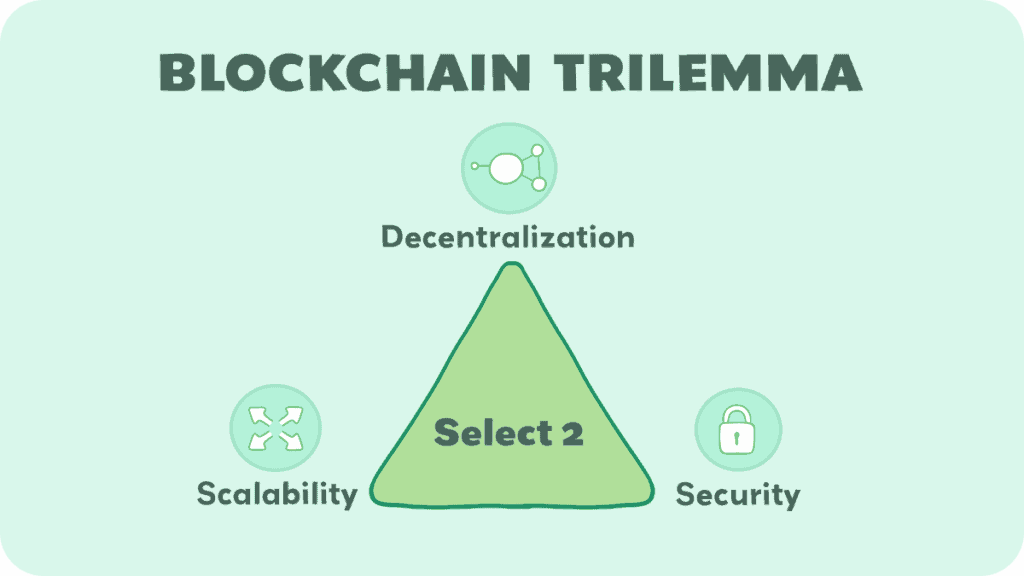Imagine if you’re wanting to go to work and there is a 1 lane highway. That highway is so backed up that you are now bumper to bumper and your usual 10 minute drive takes 3 hours.
This is how Ethereum is currently, it has one lane. Imagine if they made 63 other highway lanes that went the exact same route. WAY more cars could travel on the highway.
This is what sharding is, they are essentially creating 63 more highway lanes, so there are 64 total lanes. They all work together so that more cars can travel.
Sharding is a technique used in blockchain technology to divide a network into smaller, more manageable pieces, known as “shards.” This process allows each shard to process transactions independently, significantly increasing the efficiency and scalability of the blockchain.
What is Sharding?

Sharding is actually a concept that comes from databases. See, databases usually hold a TON of information. Database engineers realized they needed to split the data up to store it safely, securely, and to make sure it fit on the equipment that they had. So they split the data up and stored it on many different pieces of hardware. They called this process “sharding.”
In the case of “Ethereum 2.0″—which has since been partially completed and renamed—the developers planned to create 64 different shards so that the information of the blockchain was split up.
“The term ‘Eth2’ was commonly used to describe the future of Ethereum before the switch to proof-of-stake but it was phased out in favor of more precise terminology. It was originally used to differentiate the Ethereum network before the switch to proof-of-stake and the network after, or sometimes to refer to the different Ethereum clients (execution clients were sometimes referred to as ETH1 clients and consensus clients were sometimes referred to as ETH2 clients).” – Ethereum Roadmap
Main Benefit of Sharding
Blockchain technology revolutionized how we think about secure, decentralized transactions. However, as its popularity grew, so did the demand for faster and more efficient processing.
Traditional blockchains, like the early versions of Bitcoin and Ethereum, faced significant scalability issues. Each transaction had to be verified by the entire network, leading to congestion and slower processing times as the number of transactions increased.
Sharding emerged as a solution to these challenges. By breaking the blockchain into smaller, easier-to-manage shards, each capable of processing transactions independently, sharding dramatically increases the network’s overall capacity.
This innovation means more transactions can be processed simultaneously, without overburdening the network.
The need for sharding is clear: it’s essential for maintaining the speed and efficiency of blockchain networks as they grow. Without sharding, blockchains could become victims of their own success, too slow and cumbersome to be practical for the large-scale applications they aspire to support.
Sharding offers a path forward, promising a scalable, efficient future for blockchain technology.
How Sharding Works

At its core, sharding is about dividing a blockchain’s data into smaller, more manageable parts, or “shards.” Each shard contains its own independent piece of the network’s transaction history and state, enabling it to process transactions parallel to other shards. This parallel processing capability is what gives sharded blockchains their scalability edge.
The process begins with the division of the network’s nodes, each responsible for maintaining a copy of the blockchain, into distinct groups. Each group is assigned to a shard.
These nodes then process and validate transactions only for their assigned shard, rather than the entire network. This division reduces the workload for individual nodes and speeds up transaction processing times.
A key component of sharding is ensuring that transactions and smart contracts can interact across different shards, a process known as ‘cross-shard communication.’ This is crucial for maintaining the blockchain’s functionality and integrity.
Advanced algorithms and consensus mechanisms are employed to manage and verify these cross-shard transactions, ensuring that the entire blockchain remains secure and cohesive despite being divided. Let’s look at a few different types of sharding.
| Type of Sharding | Description | Advantages | Challenges |
|---|---|---|---|
| State Sharding | Divides the blockchain’s state into smaller pieces, with each shard managing a portion of the network’s state. | Reduces storage requirements for nodes, enhances scalability. | Complexity in maintaining consistency and managing cross-shard transactions. |
| Network Sharding | Organizes nodes into smaller, more efficient groups, where each group processes a subset of all transactions. | Improves network performance and reduces latency. | Risk of network segregation and reduced security in smaller groups. |
| Transaction Sharding | Splits transactions across different shards, allowing for parallel processing and increased throughput. | Increases transaction processing speed and overall network throughput. | Difficulty in managing inter-shard transaction dependencies and ensuring overall network integrity. |
Challenges and Limitations of Sharding
While sharding presents significant advantages for blockchain scalability and efficiency, it’s not without its challenges and limitations.
1) Implementation
One of the primary challenges is the complexity of implementation. Integrating sharding into an existing blockchain infrastructure requires significant changes to the network’s protocol and architecture.
This complexity raises the potential for errors and vulnerabilities.
2) Data Consistency
Another challenge is maintaining data consistency and integrity across shards. Since each shard operates independently, ensuring that they all accurately reflect the state of the entire blockchain is critical.
This requires sophisticated coordination mechanisms, which can be complex to develop and maintain.
3) Security
Sharding can introduce new security vulnerabilities. Smaller, individual shards may be more susceptible to certain types of attacks, such as a 51% attack, where a malicious entity gains control of the majority of nodes in a shard.
4) Complexity
Cross-shard communication adds another layer of complexity. Transactions that involve multiple shards need to be carefully managed to ensure seamless integration and processing across the network.
This often requires intricate and reliable communication protocols, which can be challenging to establish and maintain.
Examples of Sharding Blockchains
Quite a few blockchains use sharding. We already mentioned Ethereum. Here are some examples of successful sharding:
- Zilliqa (ZIL): Zilliqa was one of the first blockchains to successfully implement sharding. It uses transaction sharding to achieve high throughput, which makes it capable of processing thousands of transactions per second. This has positioned Zilliqa as a scalable solution for decentralized applications, especially those requiring high transaction speeds.
- Harmony (ONE): Harmony uses a sharding-based blockchain that focuses on optimizing speed and scalability. It employs a unique approach combining state sharding with a Proof-of-Stake (PoS) consensus mechanism, aiming to provide a high-throughput, low-latency, and low-fee consensus platform.
- Near Protocol (NEAR): Near Protocol utilizes sharding to offer a scalable and user-friendly platform for decentralized applications. Its approach to sharding, known as ‘Nightshade,’ aims to ensure that the network can scale efficiently while maintaining high levels of security and decentralization.
- Polkadot (DOT): While Polkadot doesn’t use sharding in the traditional sense, it incorporates a similar concept through its parachains. These parachains can be seen as individual blockchains that run in parallel within the Polkadot ecosystem, each with its unique features and use cases, thereby offering a form of network scalability similar to sharding.
Conclusion
As you can tell, sharding is really useful when it comes to scalability and speed, but it can be challenging to maintain security and cross-shard compatibility.
Thanks for reading! We hope you enjoyed it, we hope you learned something, and most importantly, we hope to see you again soon!

